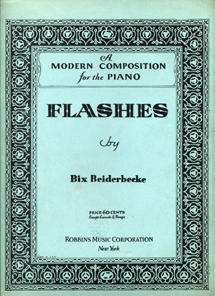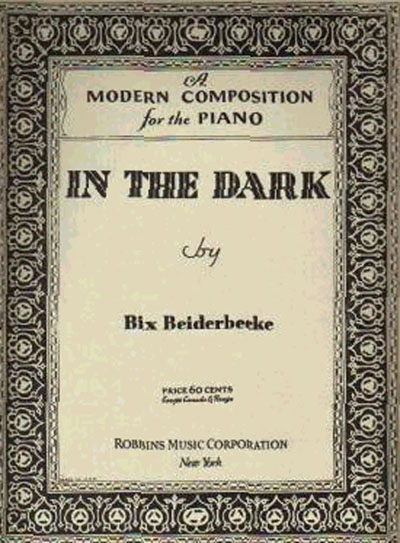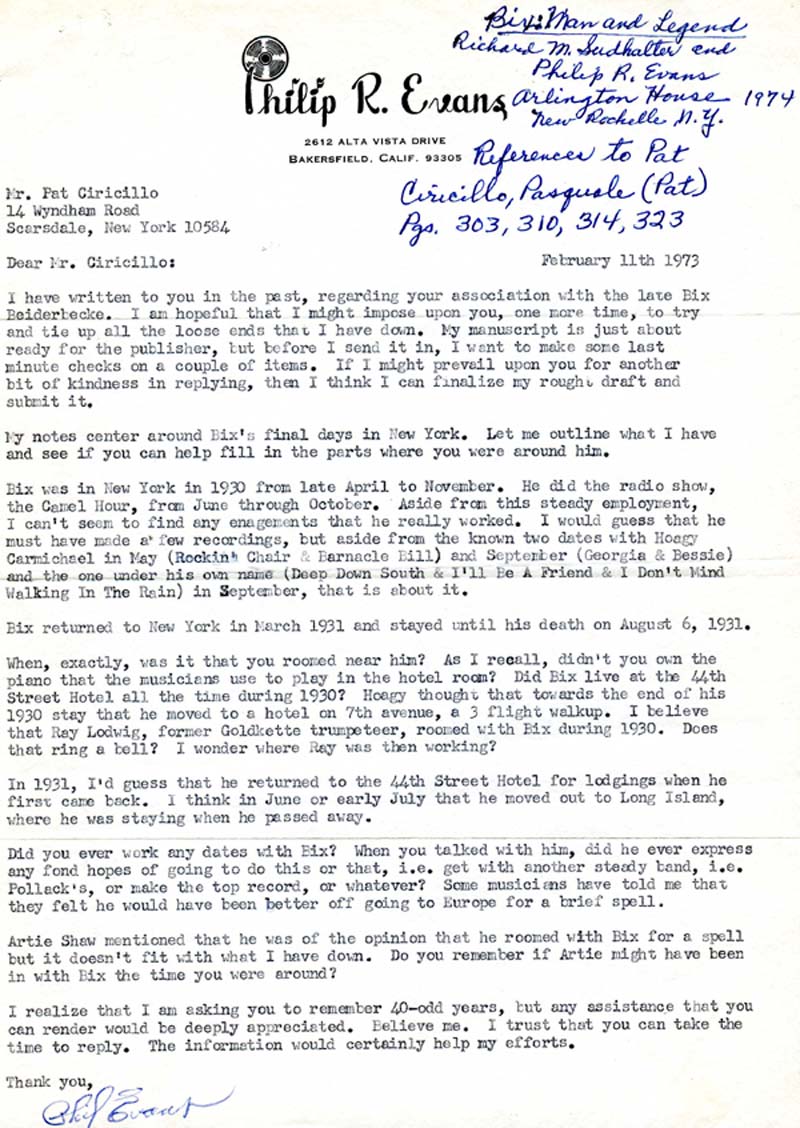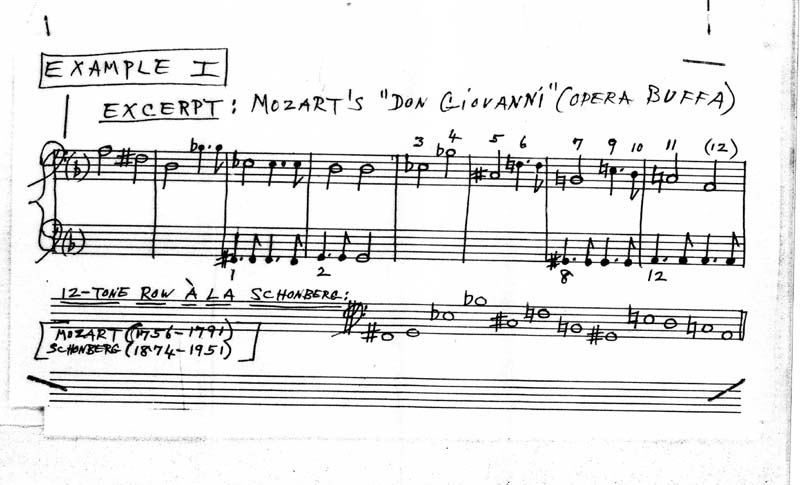Pat
Ciricillo's Piano:
Bix Beiderbecke's
Flashes and In the Dark
Introduction.
The
Robbins Music Corporation copyrighted Bix Beiderbecke's compositions Flashes
(E22489) and In
the Dark (E22490) on April 18, 1931. [1]
Bix composed these impressionistic pieces
in the
winter and spring of 1931 on a Wurlitzer piano that belonged to
Pasquale
"Pat" Ciricillo.
After blacking out in the middle of a solo during the October 8, 1930
Camel
Pleasure Hour broadcast, Bix Beiderbecke went home for rest and recuperation.
Bix
spent
the rest of the fall and the first two monts
of the
winter of 1930-1931 in his parents' home in
Pat
Ciricillo's Piano in the 44th Street Hotel
and Bix, 1930-1931.
Bix's next door neighbor in the
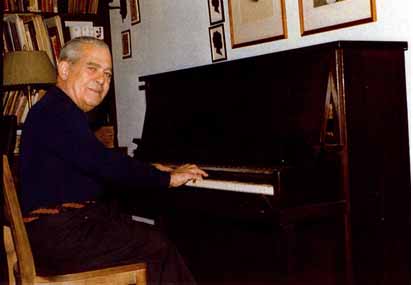
Pat wrote to Philip Evans, the Bix biographer, on February 21, 1973, [1]
"I met Bix around April 1930 when I lived
in the
For the month of July [1931] I was in
Pat's
piano is currently in the Museum in
The information on the card next to the piano reads as follows.
"Piano Played by Bix Beiderbecke.
Wurtlitzer Console. 1920's
This piano was owned by Pat Ciricillo
when he lived in room 606 at the
Bix joined in jam sessions Tommy and Jimmy
Dorsey,
Red Nichols, Adrian Rollini, Bud Freeman,
Mildred
Bailey, Eddie Condon, Hoagy Carmichael,
Pee Wee
Russell and others, often as late as 3 a.m. They stuffed paper around
the
hammers to keep the noise down.
Bix died on August 6, 1931.
Gift of Mr. and Mrs. Frank V. Smith"
From
my conversations with Joe Giordano and his interview of Pat Ciricillo,
[3] I pasted together the following information about the piano.
At the end of April 1930, Bix took
residence in room
605 of the
Pat secured a job in a summer resort for three months, beginning in
June 1930
and allowed Bix to use the piano for that
period. [2] Pat
returned to
Early in the 1970's Pat Ciricillo offered
to sell his
piano to record collector and Bixophile Joe Giordano for $50. Joe was
interested, but had no room for
the
piano in his apartment in
In
the Dark
and Flashes, Winter
and Spring 1931.
Pat Ciricillo reported that Bix
was composing "In the Dark" in the winter of 1931, using
Pat Ciricillo's piano. Jack Teagarden, who
had joined
Red Nichols at the Hotel New Yorker on February 8, 1931, roomed with Bix during the February 14-15, 1931 weekend.
Teagarden
confirmed Pat Ciricillo’s account. In a
telephone interview with Philip Evans [1] on February 18, 1960,
Teagarden
reported "I spent the weekend with Bix in
his
apartment. He was working on In the Dark and had only a
beginning and an
ending, being unable to connect the two. I whistled a bridge that I
felt would
fit. Bix was delighted and kept it in the
composition
that Challis scored."
Bill Challis, arranger with the Jean Goldkette
and
Paul Whiteman orchestras, transcribed all four if Bix 's piano
compositions, In
A Mist, Candlelight, Flashes and In the Dark, as well as Bix's sole orchestral composition, Davenport
Blues.
In a June 6, 1979 letter to Norman Gentieu,
Challis
commented on Flashes and In the Dark
as follows. [1]
"In the Dark had the same formula, main part rhythmic with a
melodic middle.
Flashes, Bix did in a hurry. he
wasn't working and he did the composition because he needed the money.
Jack
Robbins was willing to accept almost anything. Bix
would say, "I have another one." It was the only income he had going.
Flashes was done in the same format
as the
others, but required too much musical knowledge, too much musicianship
to
understand it.
If Bix had lived, he would have changed
the formula.
He'd have given it more thought and come
up
with
something different."
Pat
Ciricillo About
Bix.
As Bix's next door neighbor for over
a year,
and being a musician (trumpet player), Pat Ciricillo
got to know Bix reasonably well, and had
several
comments to make about Bix in letters to
Phil Evans
and in his interview with Joe Giordano.
In response to Phil Evans letter of
February 11, 1973, (Courtesy of Robert Ciricillo)
Pat Ciricillo responded on February 21,
1973,
(Courtesy of Robert Ciricillo)
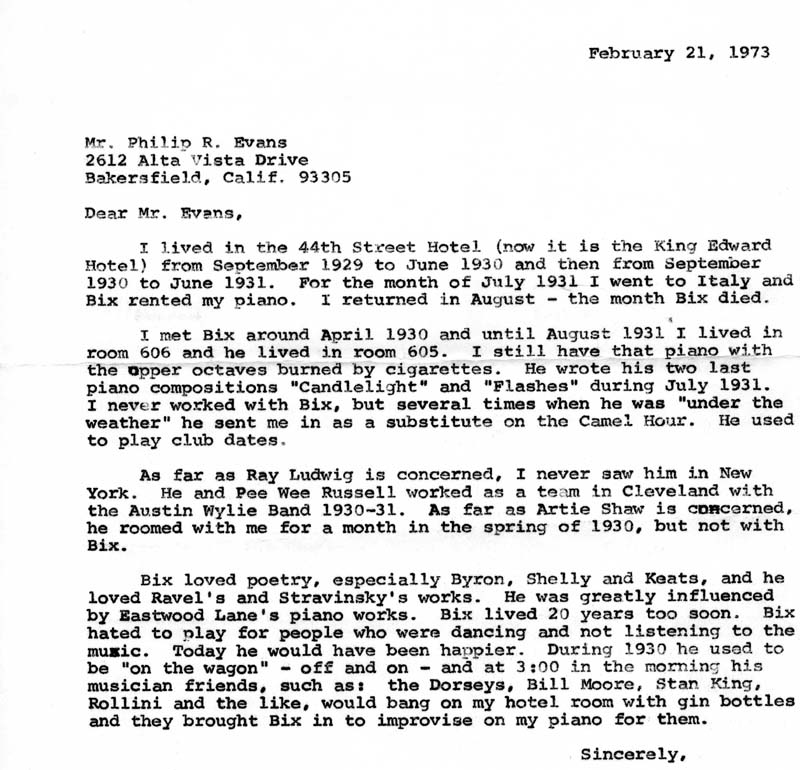
Interview
by
Joe Giordano, 1970s.
[3]
"Now
let me see what I can recall about Bix,
my old neighbor. The thing that I got about him is that he was a very
sensitive
person inside. People don't realize that he was a poetry reader; his
favorites
were Byron, Keats, and Shelley, since he kept their books on his desk.
And the
composer that influenced him the most in his piano compositions was
"The first notes I played in
"The first time I met Bix was in 1930,
although
I had seen him on stage in
"One of the things I remember is that when he was on the wagon, he
would
be in a sort of stupor. If you ever look at any of his pictures, he had
a stare
about him with the eyes that was penetrating. Then his friends would
come
around and bother him and he'd go back drinking. Gin mostly, or
straight
alcohol with a few drops of lemon juice."
In response to the question if he subbed for Bix
in
the Camel Pleasure Hour, Pat responded, "He used to send me in
occasionally when he wasn't up to it and, hell, I didn't mind; never
even took
his pay. Charlie Previn was the director
and I
believe it was in the Fall of 1930." [Bix played in the Camel Pleasure Hour from June
4, 1930 to
October 8, 1930.]
"Red and Bix were not really the same kind
of
players. Red was a very clever cornet player and he used a lot of Bix's ideas. He came from
When asked what was his biggest impression about Bix, Pat Ciricillo
responded, "Mainly that he was born too soon, and that he was
frustrated.
What he wanted most was for people to listen to those nice notes that
he used
to put in; there was a certin subtlety to
his style.
But the people wouldn't listen! They just wanted to dance to the music.
Later on,
however, they became more aware in the listening department. Actually, Bix was an odd figure in this country's musical
history. He
was probably the first white to be appreciated by black musicians. Let
me show
you something as an example. Mozart, in his Don Giovanni opera buffa, gives us a foresight into the 12-tone
scale of
Arnold Schonberg. Bach, Haydn, Beethoven, etc. occasionally gave us an
inkling
of what was to come years later.
So
does Bix!
In the bridge of the Whiteman recording of Sweet Sue, Bix gives us a hint of Dizzy Gillespie's style
of a quarter
century later.”
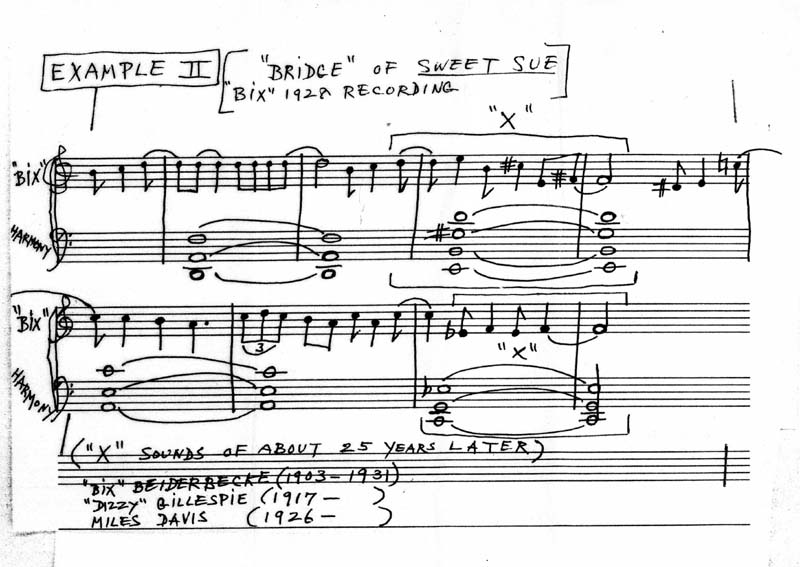
A
Brief Biographical Sketch of Pasquale "Pat" Ciricillo.
Acknowledgements. I am grateful to Joe Giordano and Robiert Ciricillo for helpful discussions and their generous gifts of documents used in this article.
[1] Philip R. and Linda K. Evans, "Bix, The Leon Bix Beiderbecke Story," Prelike Press, Bakersfield, CA, 1998.
[2] It is possible that Bix refined his composition Candeligths (copyrighted on Aug 29, 1930) in May- Aug 1930 using Pat Ciricillo's piano. However, most of the work on this composition was done in Davenport in the first few months of 1930. According to a Sep 24, 1973 letter from Bill Challis to Phil Evans, "When Bix returned to New York (end of April 1930) from his home in Davenport and declared himself ready with another composition, he had already titled it Candlelights. I had much less difficulty with the notation since it was practically set in his mind and thus it was just a matter of getting together and getting the work done."
[3] Joe Giordanos' original notes of the interview were kindly provided by Robert Ciricillo, Pat's son.
